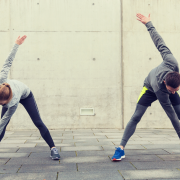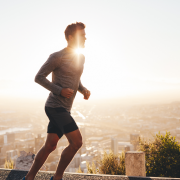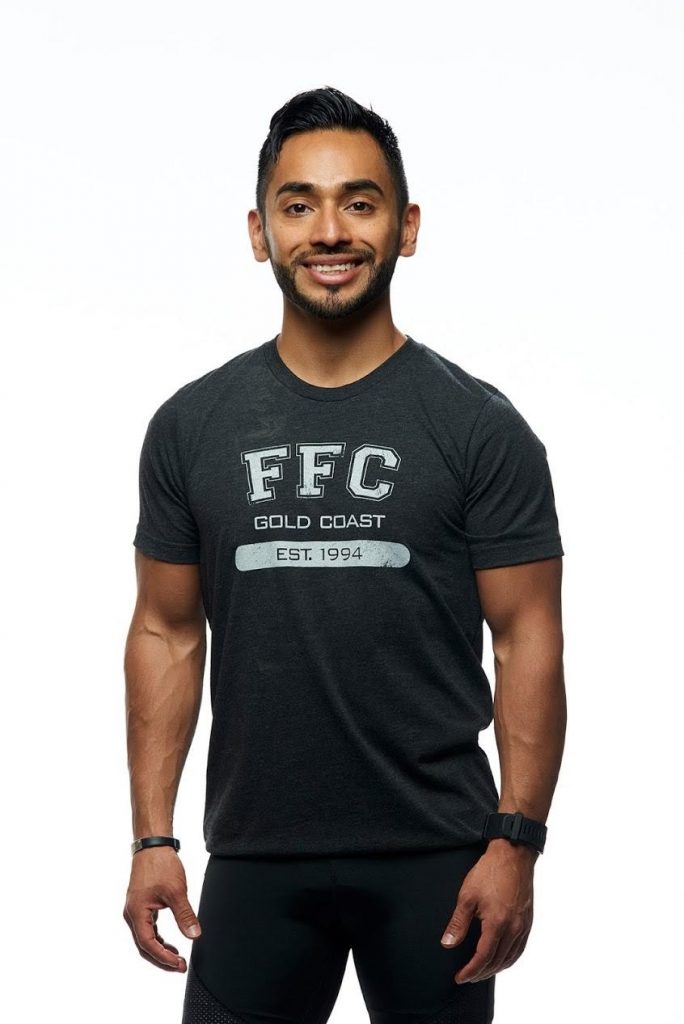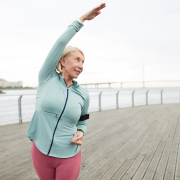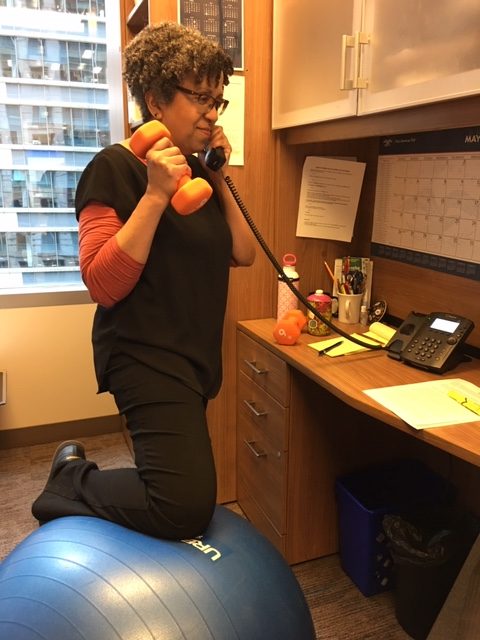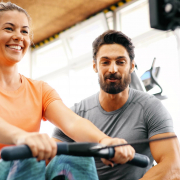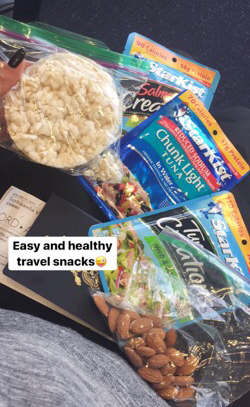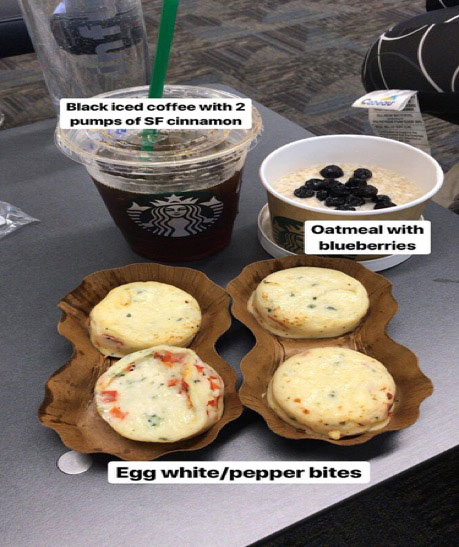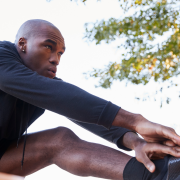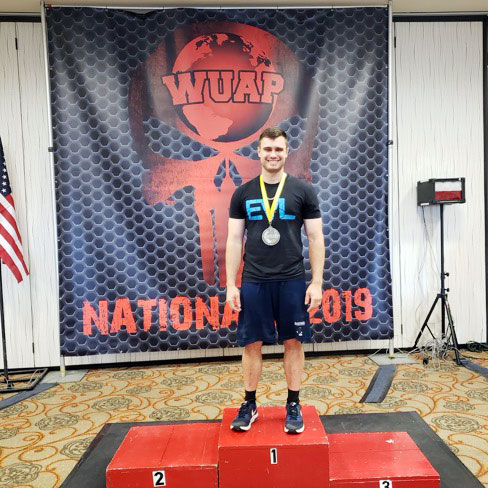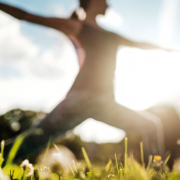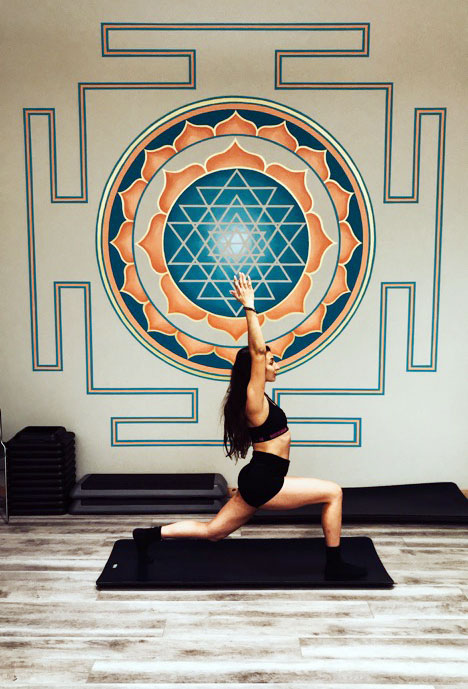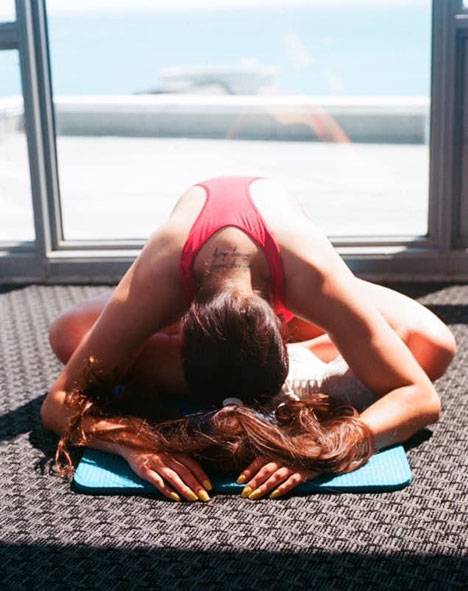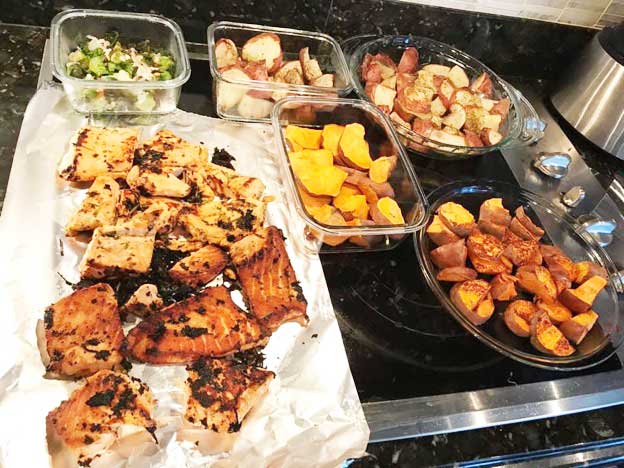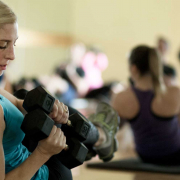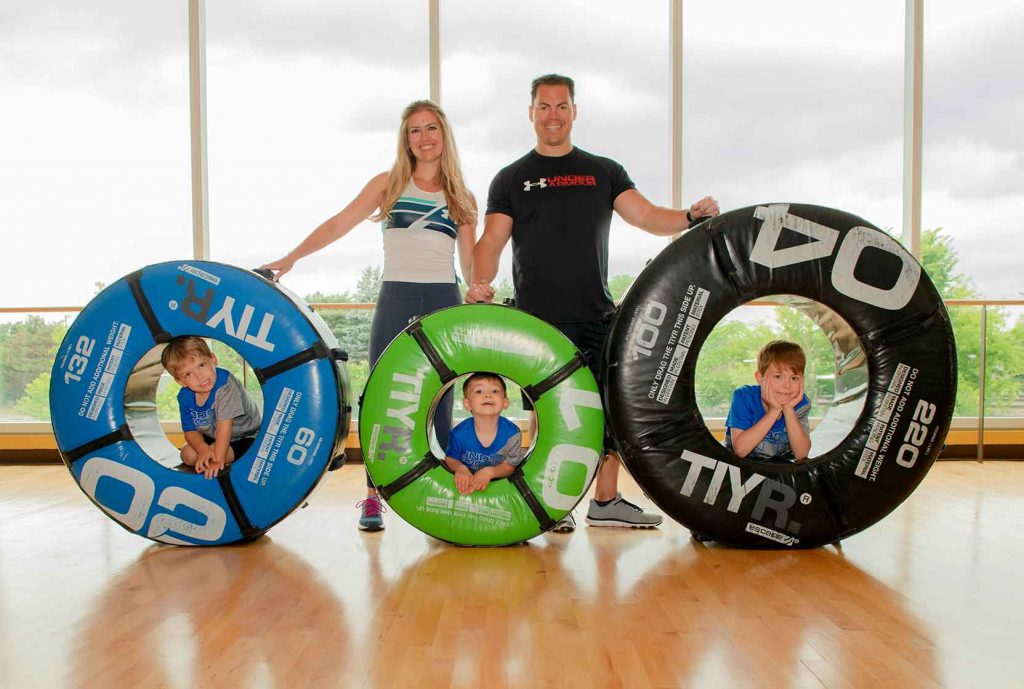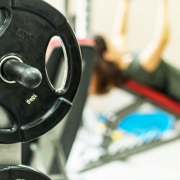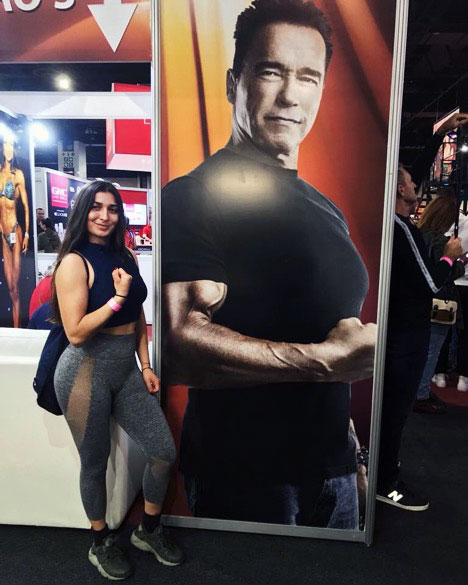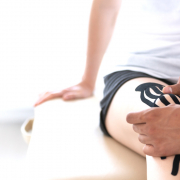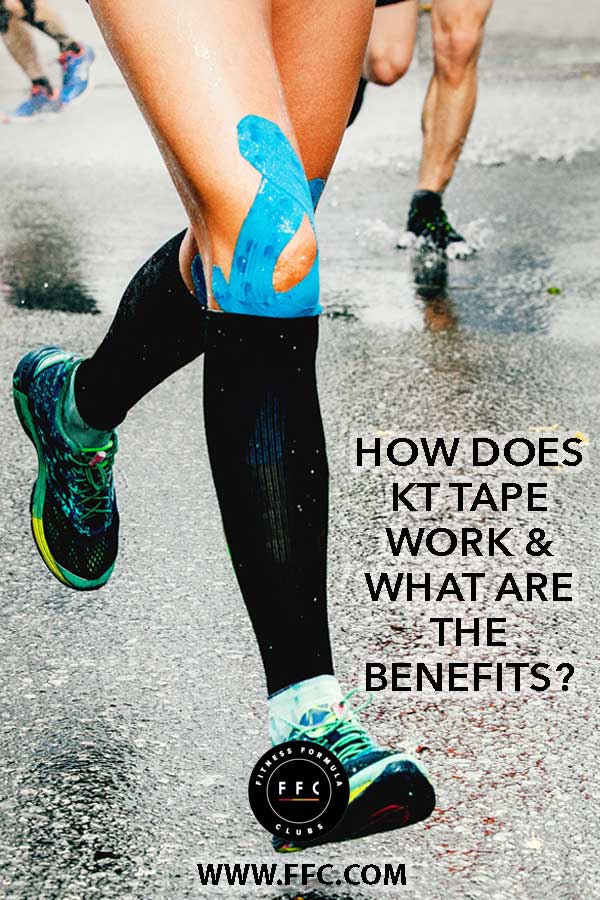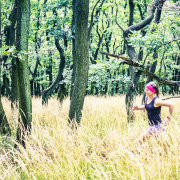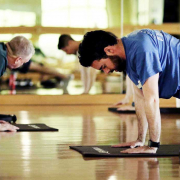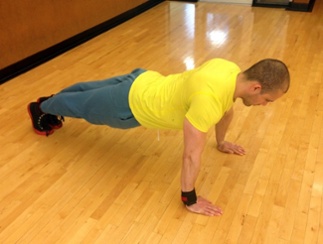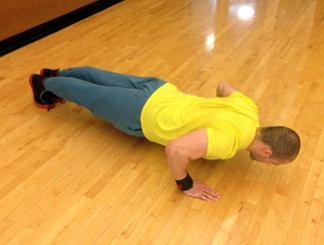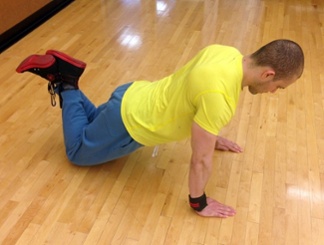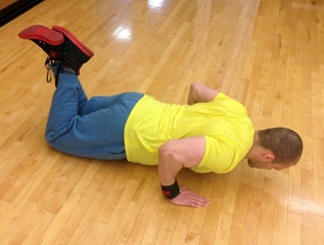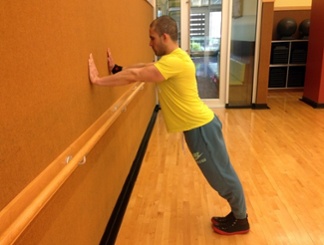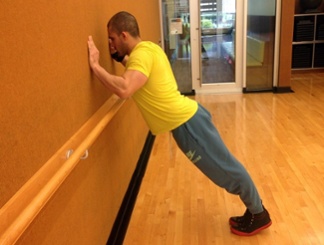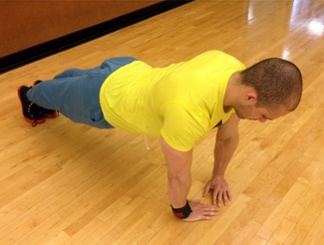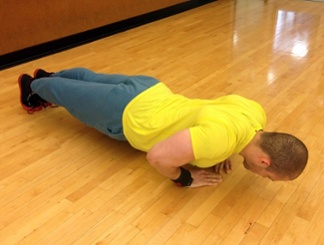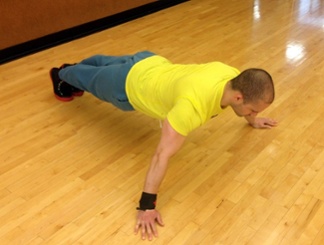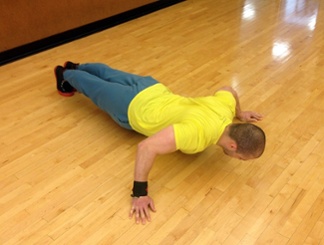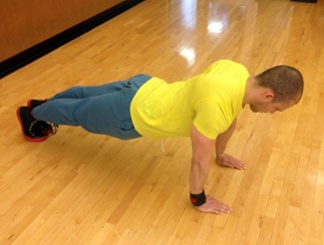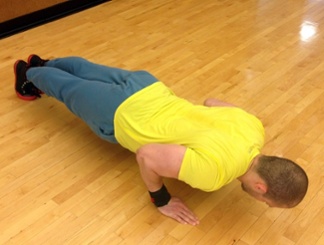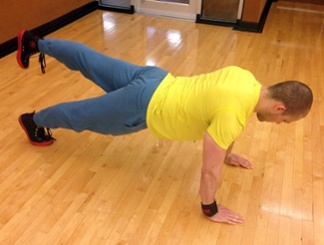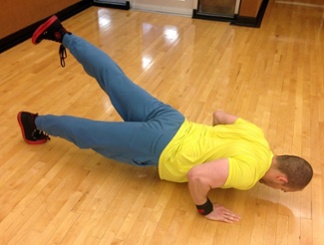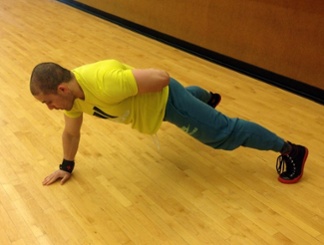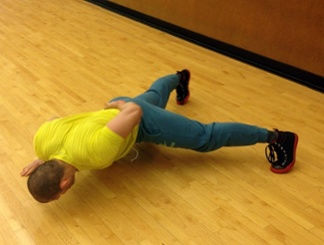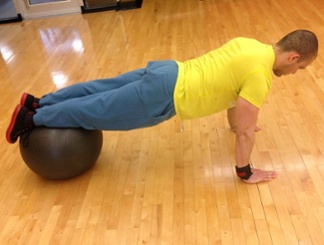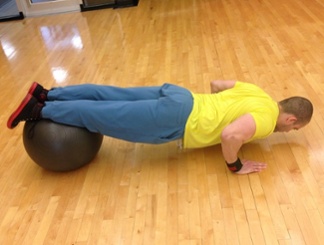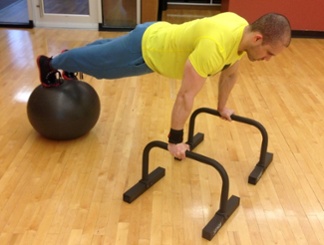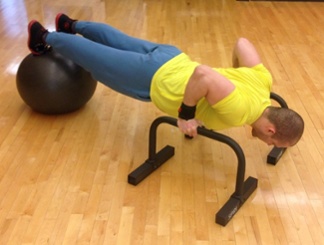Sore From Your At-Home Workout? Try These Physical Therapist-Approved Stretches
While we are confined to our homes, we may find ourselves resorting to new forms of exercise as we develop a fitness routine outside the gym. Bodyweight workouts, running and yoga all come with their own sets of aches and pains, so we asked NovaCare Rehabilitation physical therapist Katie Wax to share her favorite stretches to alleviate soreness and discomfort from at-home workouts.
Before we move on to the stretches, we want to remind you that a proper warm up before your sweat session is key to injury prevention. The last thing you want is to return to the gym with a new injury!
The stretches listed below are to be completed at the conclusion of your workout in order to lengthen muscles that tend to shorten or contract during bodyweight exercises like push ups, planks, squats, lunges and running. Each stretch should be held for at least 30 seconds (this allows adequate time for tissue fibers to actually lengthen) and should be performed 3 times each. The stretches should not be painful.

Pectoralis Stretch or “Doorway Stretch”
The pectoralis stretch helps open up the shoulders after sitting in front of the laptop all day or knocking out lots of push-ups.
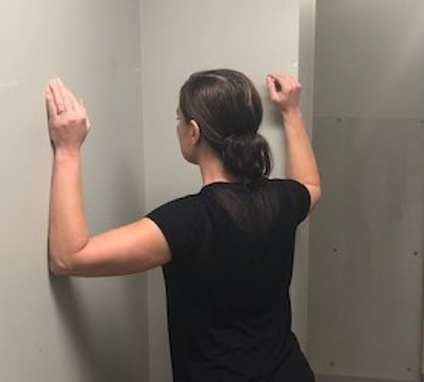
To perform the stretch: Find a corner or doorway. Place arms against the wall and gently lean forward until a stretch is felt in front of the chest. You can change how the stretch feels by raising or lowering your arms on the wall to stretch different muscle fibers.
Wrist Flexor Stretch
The wrist flexor stretch is useful after any type of weight-bearing exercise through the arms, like those found in yoga or exercises in plank position.
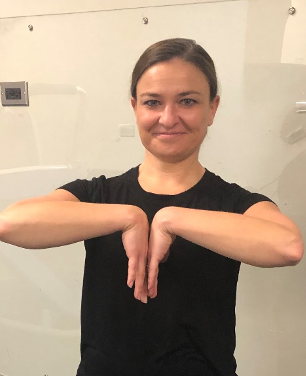
To perform the stretch: Place the backs of the hands up against each other. The stretch should be felt across tops of wrists and across the forearms.
Calf Stretch
It’s important to stretch out your calves after any jumping exercises found in HIIT classes or after jogging or walking.
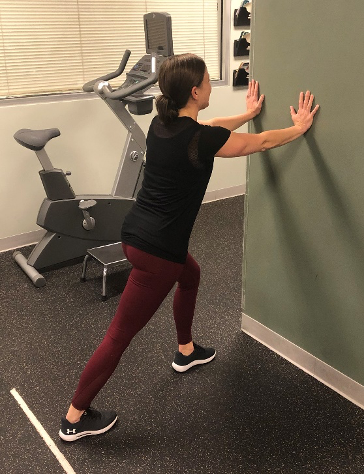
To perform the stretch: Stand with the leg you intend to stretch behind you and bend your front knee. While keeping your back leg straight and heel on the ground, gently lean forward. Toes should be pointed forward. The stretch should be felt in the lower posterior aspect of hind leg.
Kneeling Hip Flexor Stretch
The kneeling hip flexor stretch is perfect following a run due to the repetitive hip flexion that occurs. This stretch also helps prevent tightness in the hips from prolonged periods of sitting.
Starting position:
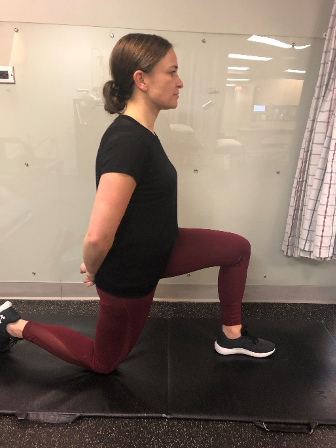
Get into a half kneeling position. Prior to leaning forward, rotate the pelvis posteriorly (or tuck your tailbone).
Ending position:
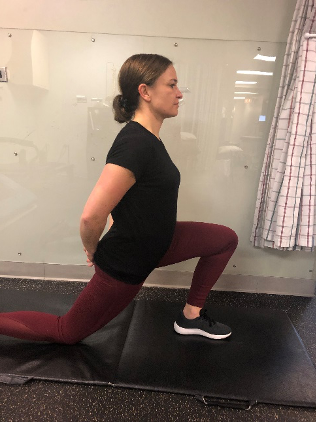
Keeping your hips square, gently shift your weight forward. Be careful not to bend the knee past your toes. The stretch should be felt in front of the hip on the back leg.
Piriformis Stretch
Feeling glute tightness after squatting or lunging? The piriformis stretch will combat that!
Starting position:
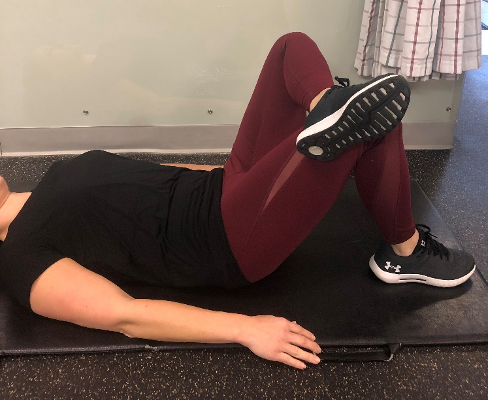
Lie on the floor with your knees bent. Cross one leg over the other so that the ankle is resting on the opposite thigh.
Ending position:
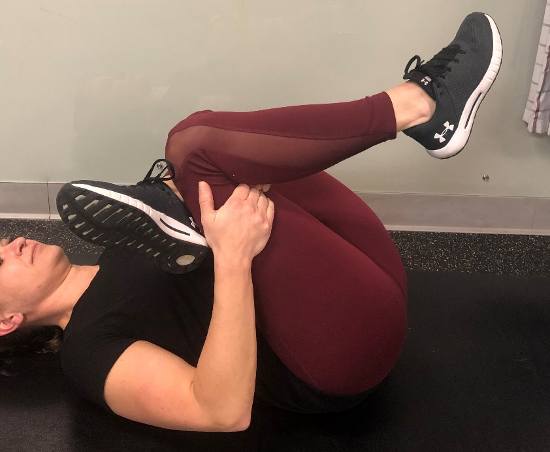
Pull the thigh of the uncrossed leg toward your chest. You should feel a stretch in the gluteal region of the leg that is crossed.
Have a question for Katie or looking for further explanation on these stretches? Give her a call at NovaCare inside FFC East Lakeview: 773-248-3401. Katie is available for virtual and in-person consults for your needs during this time.

Post written by FFC Contributor and NovaCare Rehabilitation Physical Therapist Katie Wax.

Katie Wax (PT, DPT, CMPT) is a physical therapist for NovaCare Rehabilitation’s East Lakeview location. She takes a holistic and active approach to patient care. Katie understands that each patient has their own lifestyle and prepares a plan of care specific to each patient that is evaluated. Katie enjoys working out and running the lakefront, while balancing her time with her family. She is also an active participant in the Chicago community.

